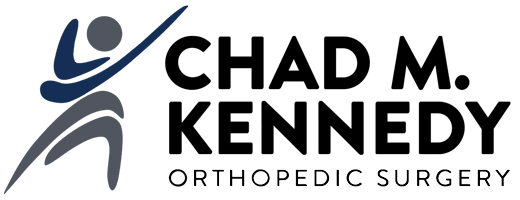CONDITIONS
ACL RUPTURE
ACL RUPTURE
The anterior cruciate ligament (ACL) is a very important ligament to knee function and is one of the most common structures injured in the knee. While athletes participating in high demand sports such as football, basketball, and soccer are more likely to tear the ACL, these injuries can occur in anyone.
How does an ACL tear happen?
The ACL is injured when too much stress is placed across the ligament causing it to tear. There are multiple ways this can happen including stopping suddenly, landing from a jump incorrectly, changing direction rapidly, or direct contact or collision like with soccer and football tackles. Studies have shown that female athletes are more like to injure the ACL than males in certain sports. There are multiple proposed reasons for this including differences in neuromuscular control, differences in pelvic and leg alignment, and the effects of hormones on the body.
What are the treatment options for an ACL tear?
Treatment for an ACL tear will depend upon the patient’s individual needs. The ACL does not heal itself due to its poor blood supply, and so the decision becomes whether or not to have surgery to place a new ACL in the knee. This procedure is called an “ACL reconstruction”.
Non-surgical treatment for ACL injuries is usually reserved for less active, older individuals, who desire a more sedentary lifestyle. Physical therapy can be used to regain most of the knee function and ice and medications can usually get the swelling to stop. Patients can often return to non-pivoting, linear activities such as jogging, cycling, and walking. If there is a desire to do activities that involve pivoting, cutting, jumping, or contact, non-surgical treatment is not recommended.
Surgical treatment consists of performing an arthroscopic ACL reconstruction. This is a procedure where small instruments are used to remove the torn ACL and replace it. This procedure is done arthroscopically, to minimalize soft-tissue damage and improve recovery time. There are two major options for reconstructing the ACL, one option is to use a tendon from your own body (autograft). The other option is to use a tendon from a donor (allograft). Normally for younger athletes autograft ACL reconstructions are performed and for older patients allograft tissue is used. Your surgeon will talk to you about what treatment option is best for you.
